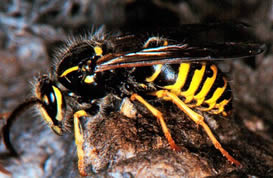 |
| A worker of one of the many species of yellowjacket |
Photo © Jim Kalisch, Department of Entomology, |
Yellowjacket
-
Scientific Name:
- Vespula spp. and Dolichovespula spp.
-
Family:
- Vespidae
-
Order:
- Hymenoptera (ants, bees, wasps)
-
U.S. Distribution:
- All states; various species. The most common yellowjacket pests are: common yellowjacket (Vespula vulgaris)--most of the U.S.; eastern yellowjacket (V. maculifrons)--east of the Rocky Mountains; German yellowjacket (V. germanica)--northeast, central, and west coast; western yellowjacket (V. pensylvanica)--west, northern mountain, Hawaii; southern yellowjacket (V. squamosa)--eastern (south of NY), north central, gulf, southeast; aerial yelowjacket (Dolichovespula arenaria)--Alaska to southern California, southwest, and central and northern part of east coast.
This page has three tables, (1) Identification, (2) Look-alike Pests, and (3) Biology and Habits.
Identification
| Match the Shape and Size | Match the Color |
|---|---|
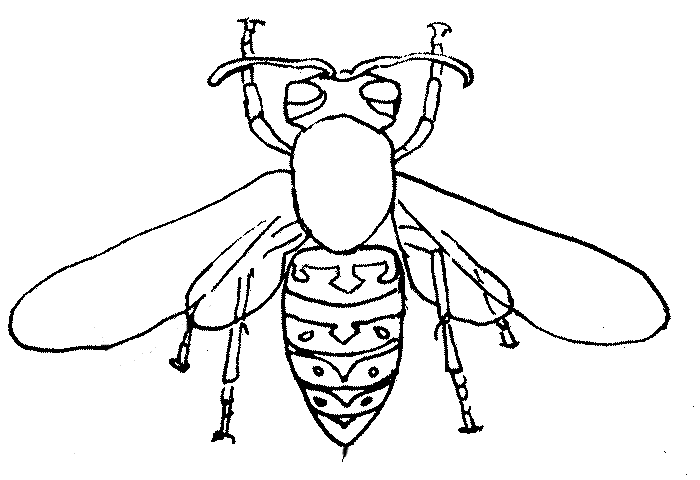 |
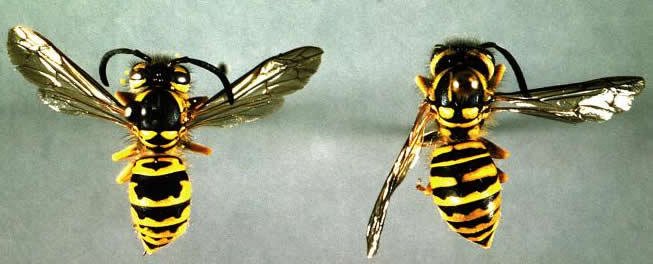 |
|
|
| Illustration © Pinto & Associates | Photo by Dr. Pratt, CDC |
Look-alike Pests
| Look-alike Pest | Differences |
|---|---|
Honey bee (Apis mellifera ) |
Body with branched, pale hairs; eyes hairy; first segment of hind tarsus enlarged and flattened; barbed stinger |
European paper wasp (Polistes dominulus) |
Abdomen coloration similar to yellowjacket; waist is very thin; nest is characteristic upside down umbrella-shape; legs trail below in flight; parts of antennae orange |
European hornet (Vespa crabro) |
Similar markings and colors but much larger, 3/4-1 3/8 inch long (20-35 mm) |
Biology and Habits
| Match the Food and Site | Match the Habits and Damage |
|---|---|
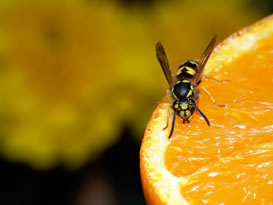 |
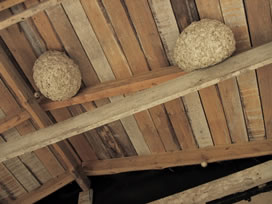 |
|
|
| Photo © iStockphoto/Sascha Burkard | Photo © iStockphoto/Pekka Nikonen |
More on yellowjackets: Fall Yellowjackets and Their Control